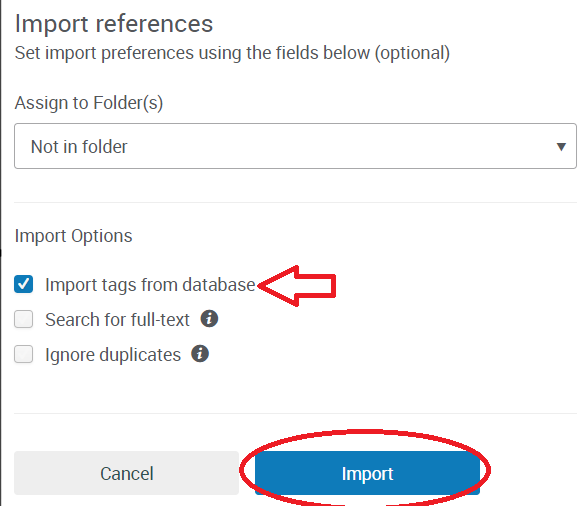Task 3
Forming a Team
In Scarnati's words (2001), teamwork is "a cooperative process that allows ordinary people to achieve extraordinary
results." According to Harris & Harris (1996), a team's common purpose or aim is crucial for fostering relationships
among members and achieving team objectives. The foundation of effective collaboration is people working together in a
cooperative setting to share knowledge and skills in order to accomplish shared objectives. Research on efficient
teamwork repeatedly emphasises the importance of keeping everyone focused on the same objective (Fisher, Hunter, &
Macrosson, 1997; Johnson & Johnson, 1995, 1999; Parker, 1990; Harris & Harris, 1996). Teams are essential to many
organisations, and tertiary education delivery ought to incorporate them.
In order to create a positive and productive team dynamic, it is essential for team members to work in harmony with one
another, creating an atmosphere where everyone is motivated to participate. Cooperation and social interdependence must
take precedence over individualistic and competitive aims when team members adjust to cooperative working environments
(Luca & Tarricone, 2001). Studies have indicated certain characteristics that are necessary for productive cooperation,
such as dedication to common objectives, mutual reliance, social abilities, candid communication, suitable group
structure, and support for team procedures, responsibility, and direction. [1]
A proficient team leader goes beyond tactical decisions, guiding their department towards a cohesive vision. Leadership
necessitates emotional investment, competence, and confidence. This conference encourages reflection on motives and
proactive steps towards departmental enhancement. [2]
Leaders need to set high goals to carry out their strategies only when goals are in line with strategic priorities, take
into consideration crucial interdependencies across silos, and allow for course adjustments when conditions change can
they effectively drive strategy execution. Even if all these requirements aren't met, each person may succeed in
reaching their own objectives, but the company may still fail to carry out its plan. [3]
Goals are an effective tool for directing the implementation of a plan. To fully realise their potential, leaders need
to go beyond the traditional SMART goal framework and their deeply ingrained behaviours. Rather, they should adopt a
FAST mindset, which involves regular goal-setting talks, setting high standards, converting them into concrete
measurements and milestones, and publishing them for public viewing. [4]





